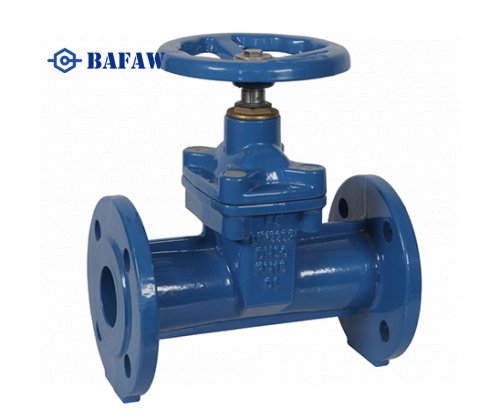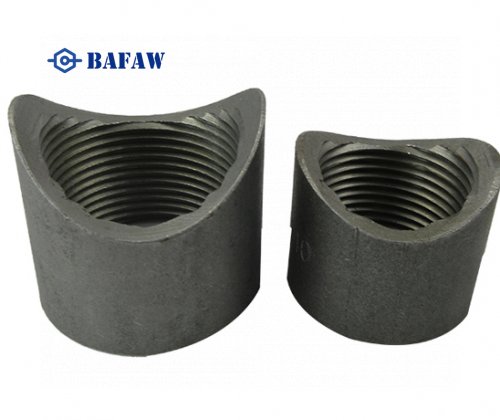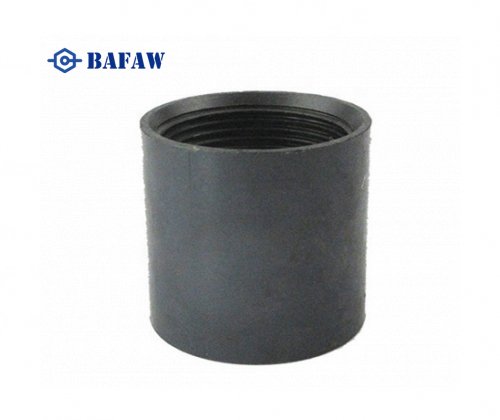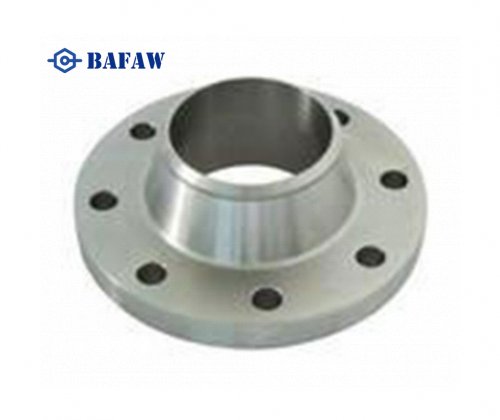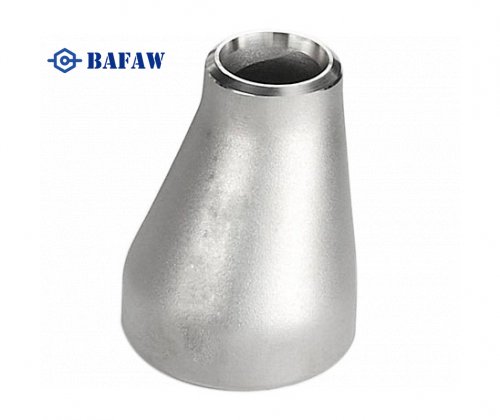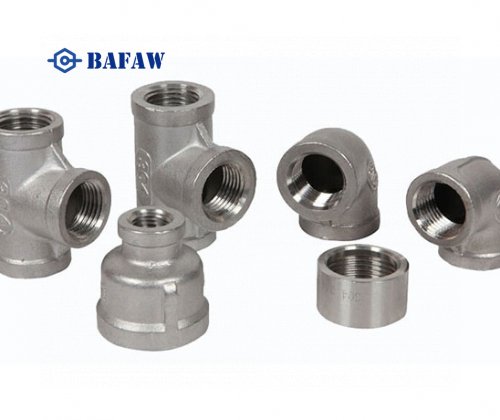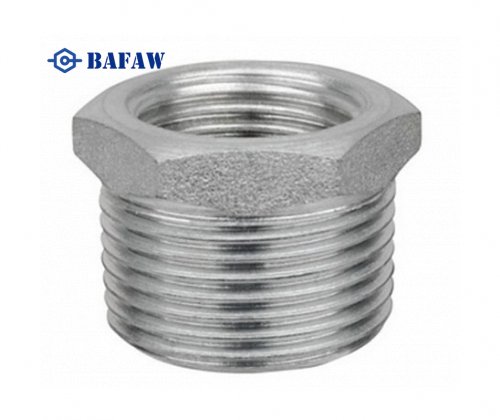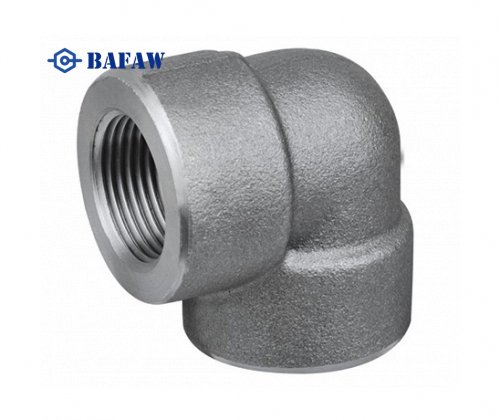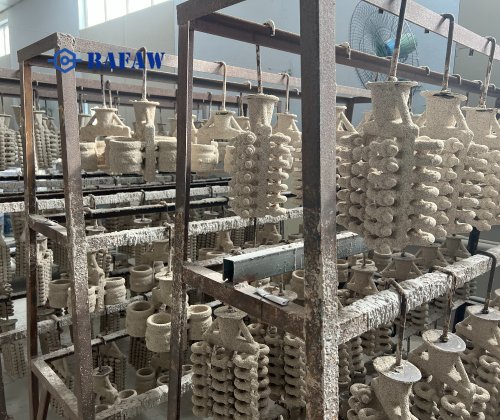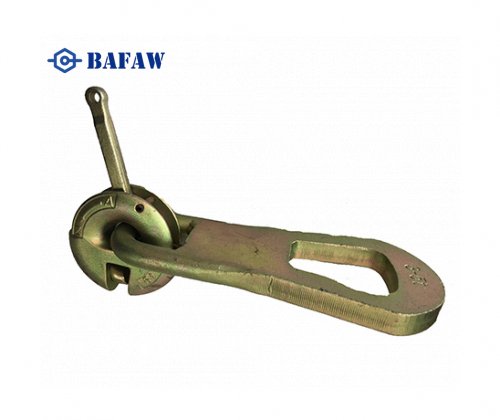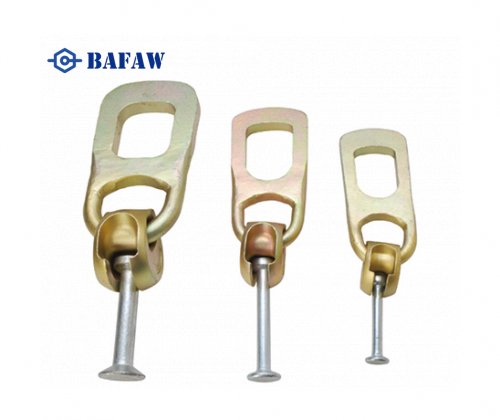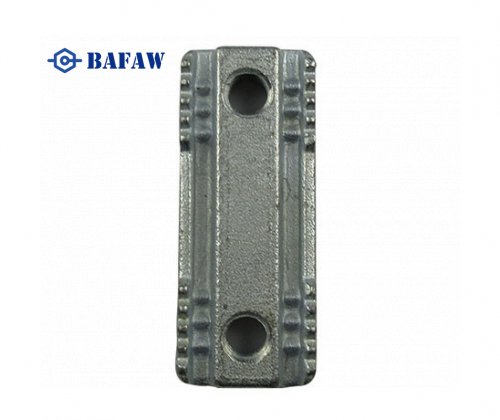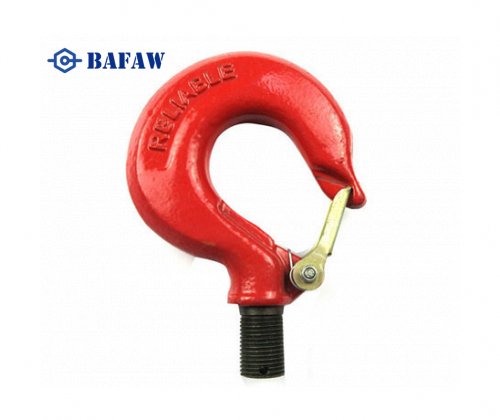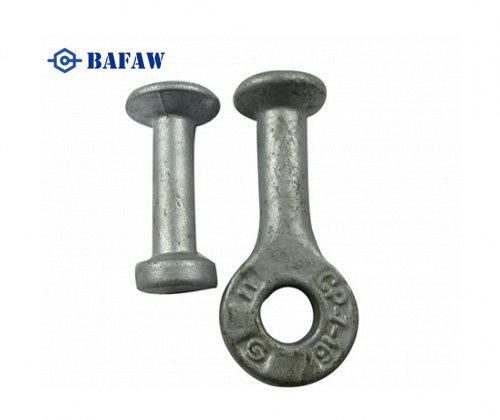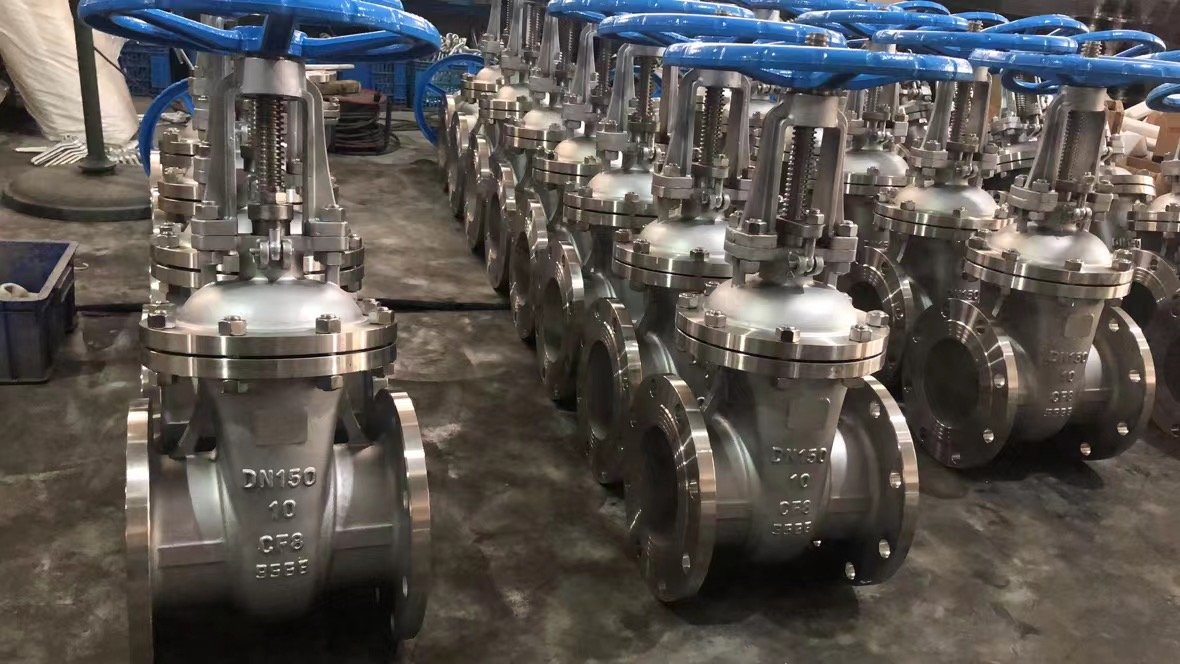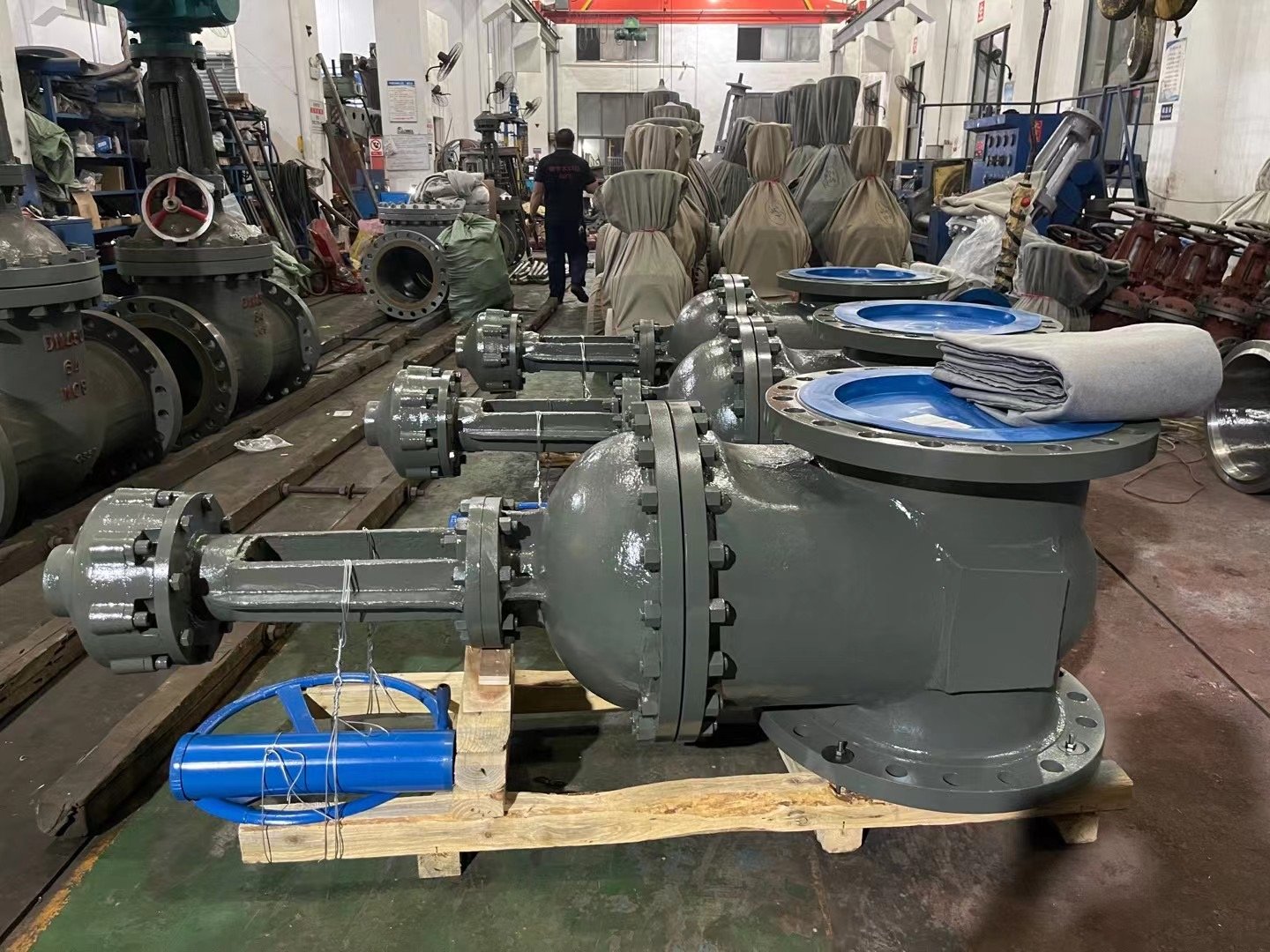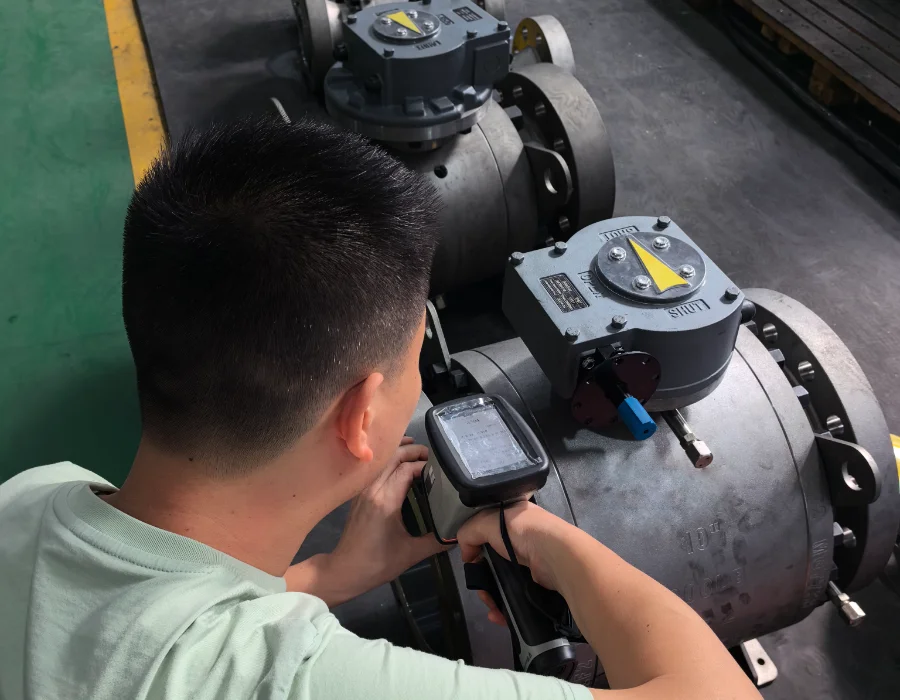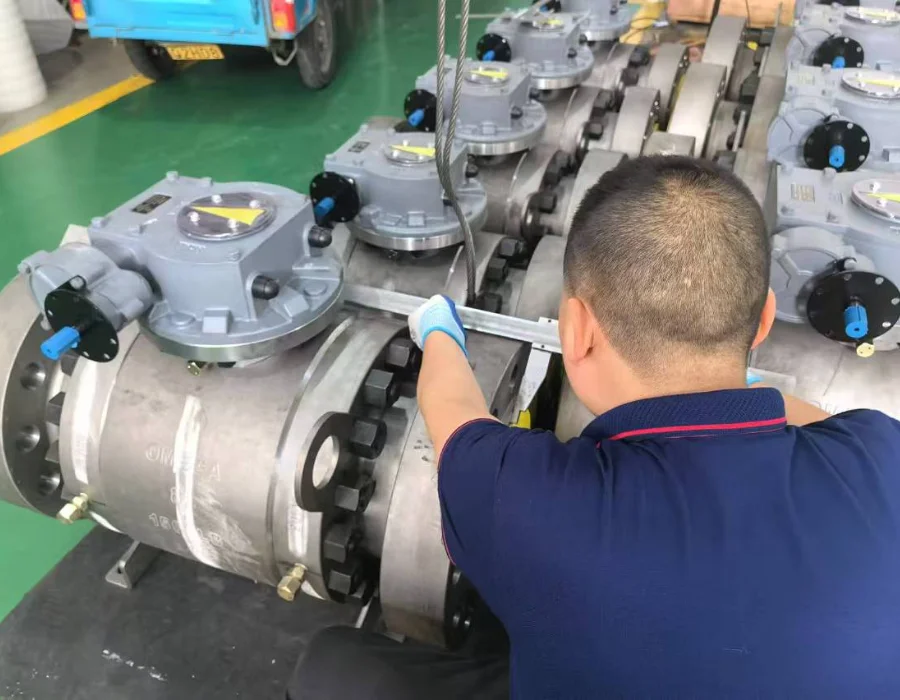Custom valve manufacturing has unique challenges that differ from standard production. It needs special ways to tackle small-batch production hurdles while staying profitable. Standard products struggle with specific application challenges. Custom solutions manage these issues better.
Efficient Small-Batch Manufacturing Techniques
Small-batch valve production needs more human involvement at each step. This leads to longer production times and higher labor costs. Manufacturers have created several ways to optimize their work:
Successful custom valve manufacturers keep their engineering and production capabilities in-house. This eliminates delays between design and manufacturing teams. Their combined method helps companies answer questions in one business day. It also provides realistic lead times for prototypes.
Tooling Strategies for Non-Standard Designs
Non-standard valve designs bring unique tooling challenges. Smart manufacturers use several key strategies:
Configurable tooling systems with split plate fixtures let workers change different-sized components. Custom valve body production requires capabilities to work with various materials. These include ductile cast iron, carbon steel, stainless steel, and nickel-aluminum bronze.
Modern manufacturers use advanced CNC equipment with sophisticated control systems. This minimizes setup time between different valve configurations. They make valves ranging from 15 mm to 900 mm in size. There is little downtime between batches.
Pricing Models That Reflect True Production Costs
Custom valve pricing considers many factors beyond simple materials and labor costs. Manufacturing expenses cover materials, labor, overhead, and many more costs. Project-based pricing offers the most accurate approach for custom valve work. Quotes change based on project scope, urgency, and technical specifications.
Specialized certifications like FM, UL, WRAS, and others command premium pricing. These must extra testing and documentation. Successful pricing models include design consultation, engineering, prototype development, and sourcing special materials. They also cover the extra quality assurance needed for custom work.
Crisis Management in Valve Production
Emergency preparedness remains crucial to valve manufacturing operations. A crisis can happen anytime—quality failures, equipment breakdowns, or safety issues. Systematic response procedures make the difference between minor disruptions and catastrophic shutdowns.
Recovering from Major Quality Incidents
Quality incidents in valve production can destroy customer trust and affect safety. Valve quality issues cause one-third of serious production accidents worldwide each year. Teams must conduct a detailed root cause analysis after identifying defects. This analysis will look at material choice, welding quality, and the reasons for the failure. To cite an instance, an ammonia plant in China experienced a major accident. The valves required more torque to work. The investigation found that galled shaft bearings came from mismatched design parameters.
Recovery has three key steps:
Production Continuity During Equipment Failures
Advance planning helps maintain operations during equipment malfunctions. Companies need strong contingency plans. These plans need to have key equipment, spare parts, and reliable repair contractors. Large manufacturers lose 323 production hours yearly to unplanned downtime. Each hour costs approximately $532,000. Smart approaches include redundant systems for critical components. Dual or triple Emergency Shutdown Valve (ESOV) setups ensure safe operation. If one valve fails, the others still work. Backup utilities and alternative production methods help maintain continuity during outages.
Emergency Response Protocols That Cut Downtime
Emergency protocols start with the proper implementation of Emergency Isolation Valves (EIVs). These critical components halt process flow during abnormal conditions. Regular testing of these valves is necessary.
Tests include:
Digital communication systems play a vital role during emergencies. Teams can share observations and instructions without meeting face-to-face. Emergency procedures should cover employee safety protocols and preservation plans for perishable products. Relationships with temporary utility providers help diagnose and deploy solutions. Manufacturers using these protocols can restore operations within an hour of disruption.
Future Challenges in the Valves Industry
The valve manufacturing industry faces a pivotal moment. Technology, the environment, and market forces now create new challenges and opportunities.
Preparing for New Material Requirements
New materials advance valve manufacturing. Traditional options can't meet the needs of modern applications. Manufacturers need advanced alloys, composite materials, and ceramic coatings. These improve durability and resist corrosion. Valve body material selection goes way beyond the reach and influence of ASME code B16.34. Users end up dealing with service deterioration and regular inspections. Experts in the power industry focus on Creep Strength Enhanced Ferritic (CSEF) materials. These materials are important for supercritical and combined cycle power plants. Groups like EPRI, ASME, and ASTM set standards for these steels. They focus on high-temperature steam valves. The biggest problem with additive manufacturing lies in standardization. Even though this technology has the potential.
Adapting to Changing Energy Infrastructure
The ever-changing energy world puts pressure on valve manufacturers. Hydrogen technology brings major technical hurdles. Valves need to handle hydrogen's tiny molecules and high reactivity. This requires ongoing, advanced solutions. Traditional power plants find it hard to compete now. Wind turbines, solar panels, and waste-burning units are becoming more popular. Renewable energy growth projections show a 3.9% yearly increase. Valve manufacturers must also create products that handle thermal cycling. Repeated stops and starts stretch metal over time. This happens as traditional baseload plants shift to on-demand power production.
Building Resilience Against Market Volatility
The industry's workforce creates an urgent challenge. Many professionals will retire in four to ten years. Meanwhile, not enough young talent is entering the field. Market growth suffers from 16- to 18-week lead times for certain valves. Chinese manufacturers and other low-cost competitors threaten companies with their production cost advantages. Companies must now optimize through digital transformation. This helps them apply diverse yet successful approaches that match their strategies.
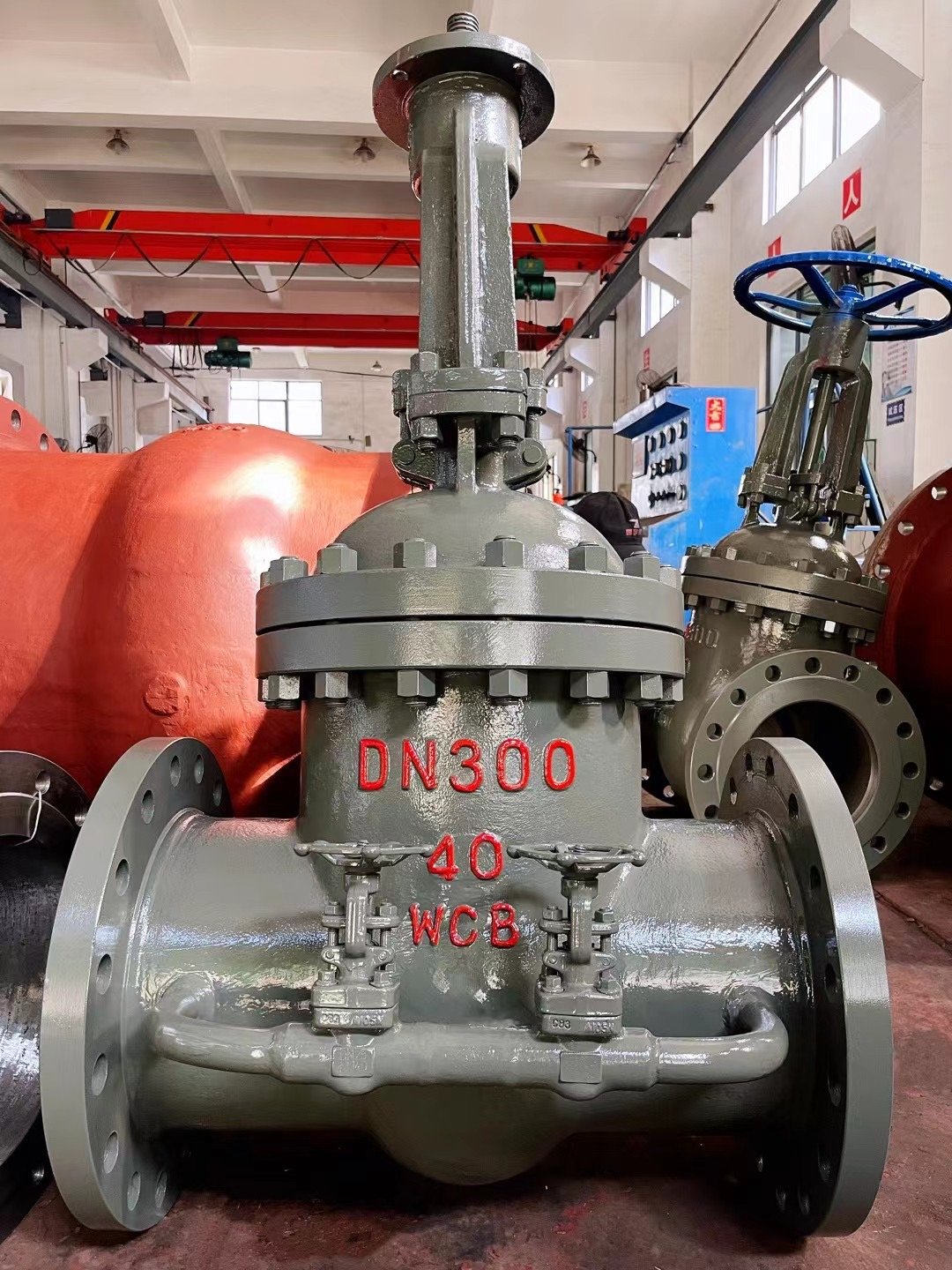
Bafaw are experts in Valve Manufacturing with 26 years of manufacturing experience and are adept at solving any problem you may have with industrial valves. Please feel free to contact us and we will reply as soon as possible!
FAQs
Q1. What are some key challenges in modern valve manufacturing? Modern valve manufacturing has challenges. These include keeping precise measurements and adjusting to new material needs. Companies must also add automation while still ensuring quality. Additionally, they face skill gaps as experienced workers retire.
Q2. How has technology affected valve production in recent years? Technology has changed valve production in many ways. Smart valve systems improve efficiency. Digital twins help optimize processes. Cloud-based quality management ensures high standards. These innovations have improved efficiency, precision, and predictive maintenance capabilities.
Q3. What strategies can valve manufacturers use to stay competitive globally? To stay competitive, valve manufacturers can focus on quality through certifications. They can also improve the speed at which they bring new products to market. Developing premium value propositions is important, too. Additionally, investing in technology can help them stand out from lower-cost competitors.
Q4. How are valve manufacturers addressing environmental sustainability? Valve makers are cutting energy use in production. They are also minimizing waste by reusing and recycling materials. Additionally, they are creating water-saving methods for testing. Some are also incorporating renewable energy sources in their facilities.

















